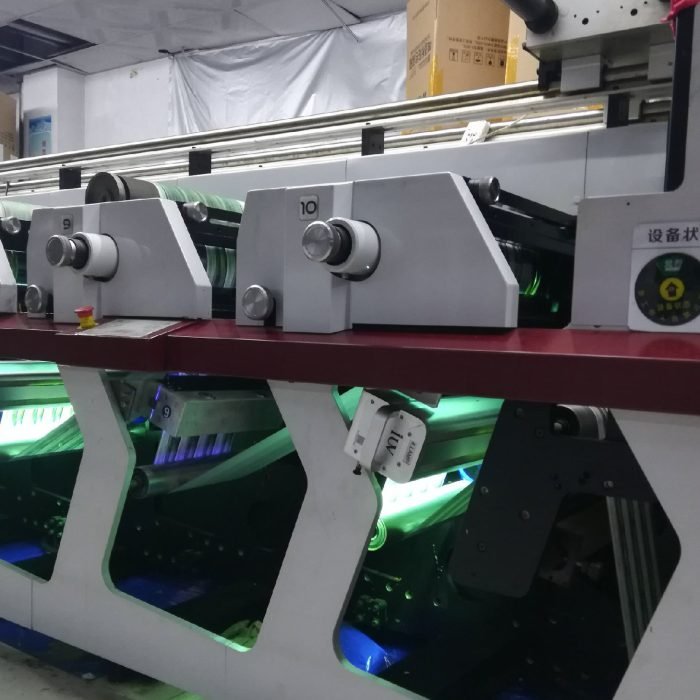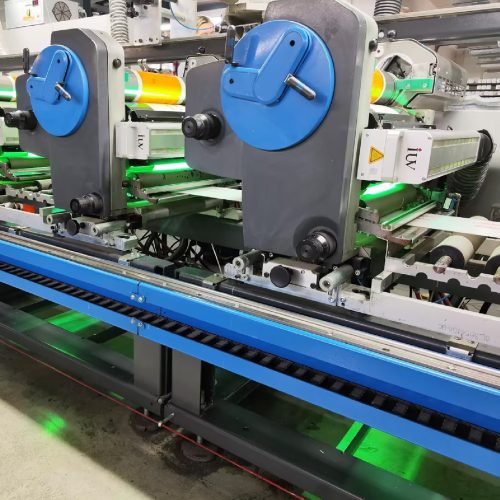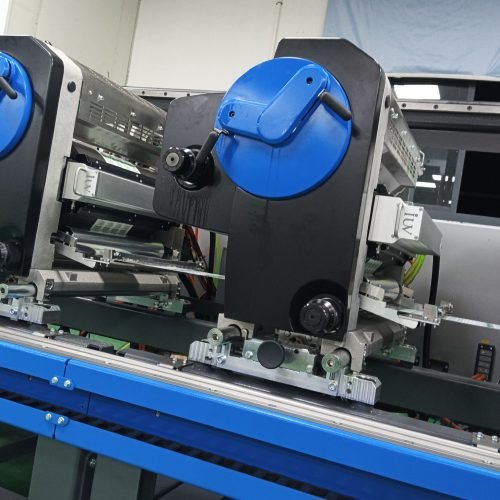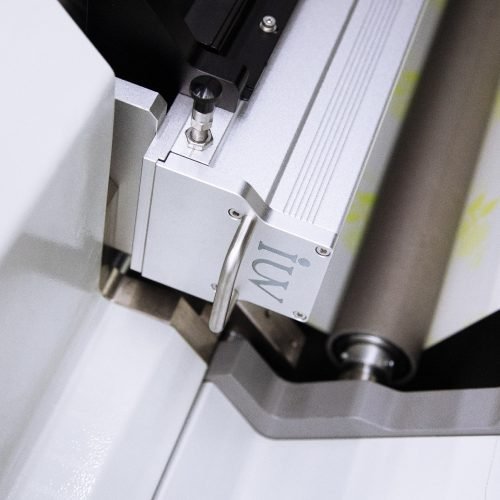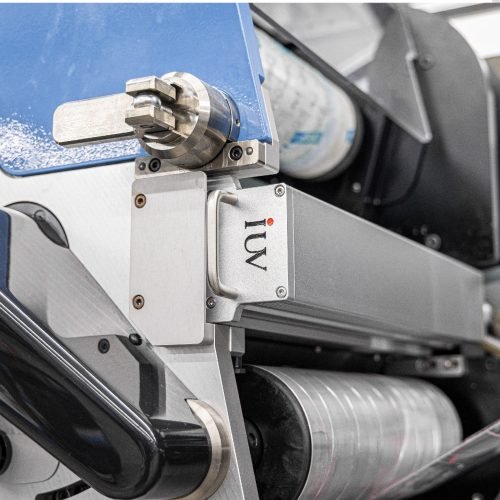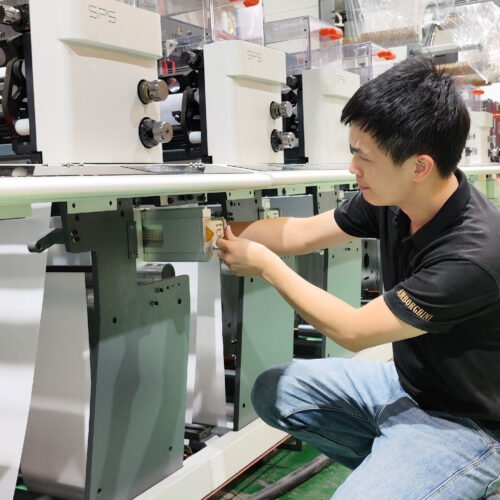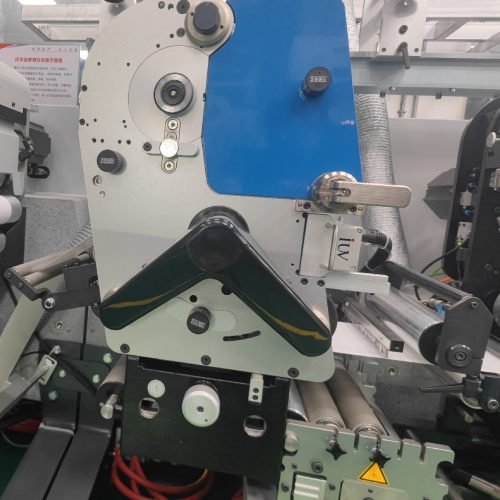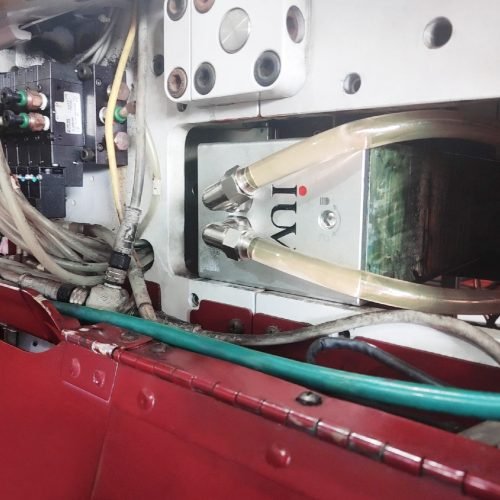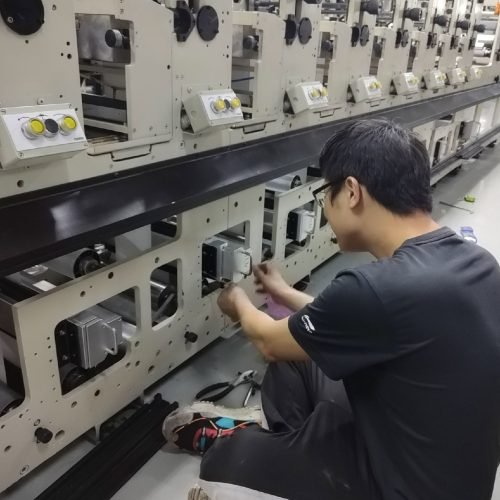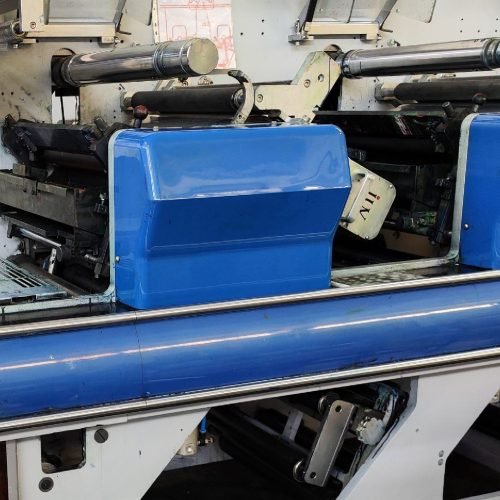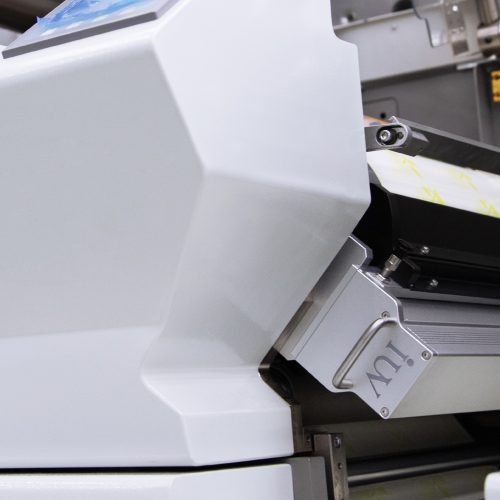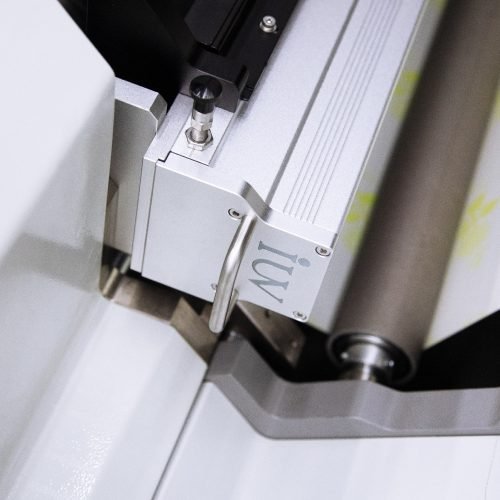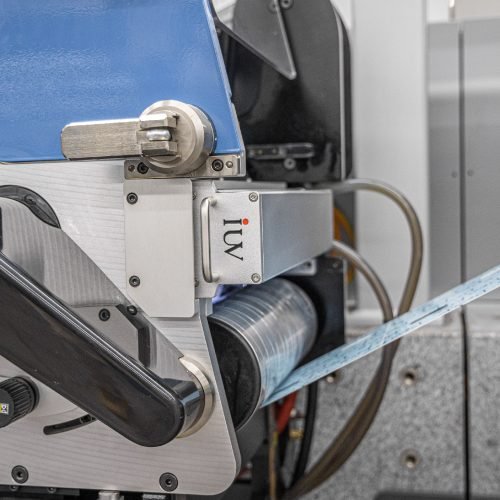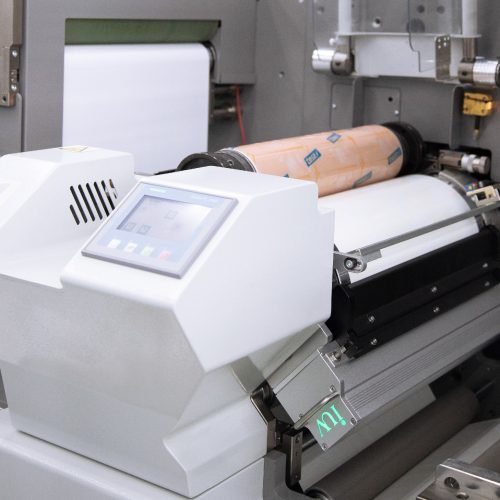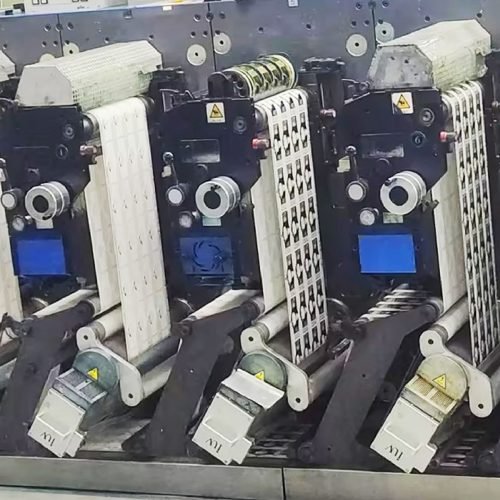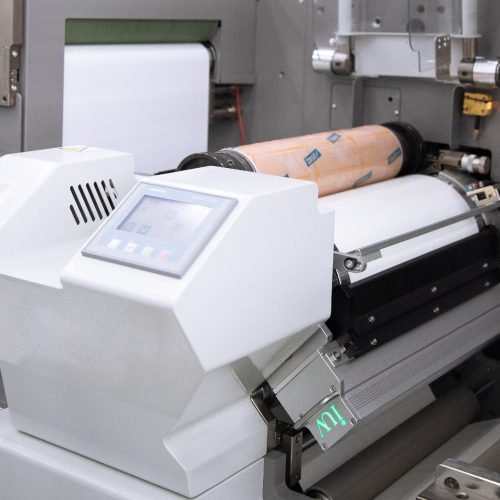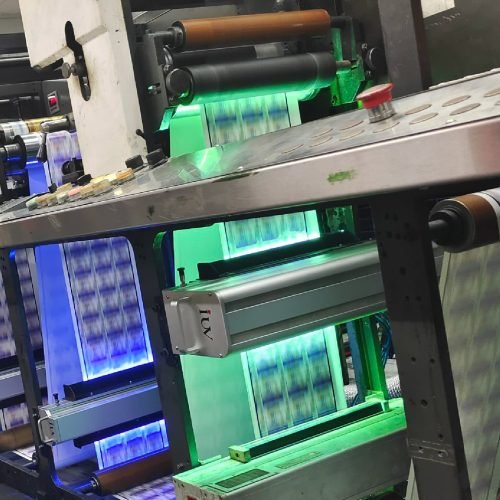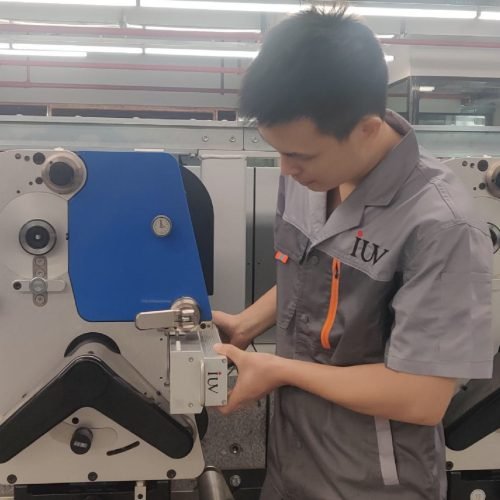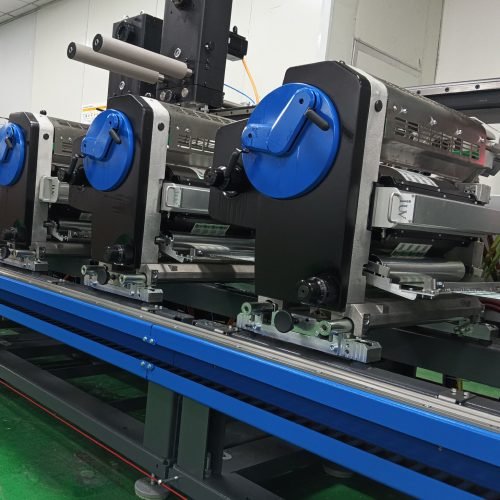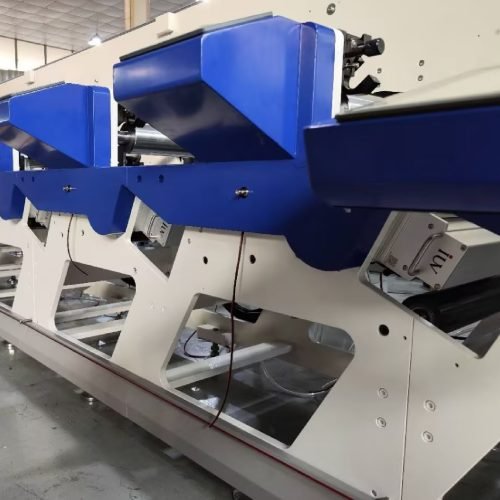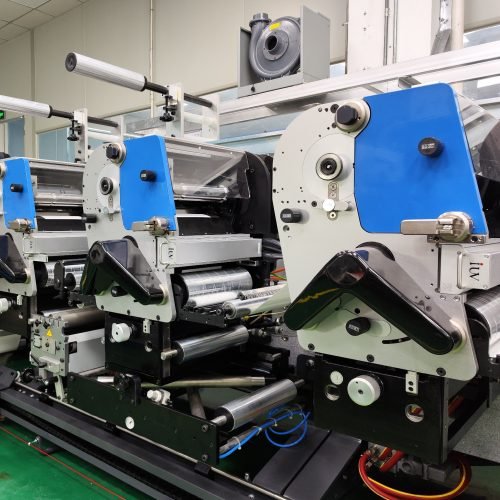The moment ink meets substrate under LED UV light, polymerization isn’t just a chemical reaction—it’s a revolution. For printers navigating the tightrope between speed and quality, LED UV offset technology flips the script. Let’s cut through the industry noise and examine how this fusion of light and chemistry transforms label production, flexo workflows, and narrow web operations.
Labels That Stick the Landing
In label printing, substrate diversity keeps printers on their toes. PET, metallized films, heat-sensitive materials—each demands precise curing without distortion. Traditional mercury lamps often overheat delicate materials, forcing compromises. LED UV’s cold cure process (operating at 395nm wavelengths) polymerizes acrylate-based inks instantly, locking pigments into position. The result? Crisp barcodes on pharmaceutical labels that survive sterilization baths, and vibrant prime labels that resist scratching during logistics chaos.
Flexo’s Quiet Reinvention
Flexographic printers working with water-based inks know the drying time dilemma. Switch to UV-curable formulations paired with LED arrays, and the game changes. Anilox rolls deliver precise ink film thickness (think 4.0 BCM for process work), while 385nm LEDs trigger photopolymerization before substrates even leave the impression cylinder. The kicker? Printing on polyethylene becomes less about fighting ink adhesion and more about pushing press speeds. One converter reported a 40% throughput increase on shrink sleeve jobs after retrofitting their flexo press with hybrid UV modules.
Offset’s Precision Play
Sheetfed offset shops leveraging LED UV report unexpected benefits beyond rapid curing. The technology’s instant ink fixation eliminates spray powder needs, directly impacting postpress efficiency. Dense ink layers (up to 4.0/cm³) cure completely, preventing set-off during perfect binding or foil stamping. For security printers, it’s a revelation—OVI inks achieve full color shift properties without extended drying tunnels.
Narrow Web’s Secret Weapon
In the narrow web arena where substrates change hourly, LED UV’s adaptability shines. Rotary screen units printing high-opacity whites cure at 30m/min without heat buildup. Combination presses running flexo/offset/screen units maintain registration stability because LED arrays add zero thermal expansion to print decks. The real magic happens with hybrid ink systems: CMYK process colors cure under 395nm LEDs while specialty pantones activate at 365nm—all in a single pass.
The Wavelength Matrix
Not all LEDs are created equal. Matching ink photoinitiators to emitter spectra separates adequate curing from flawless polymerization. Benzophenone derivatives respond best to 365nm for deep-through curing in screen inks. For surface-sensitive offset applications, ITX-based initiators paired with 395nm arrays prevent under-cure. Smart pressrooms now install tunable wavelength systems, dynamically adjusting spectra between jobs via HMI controls.
Energy Math That Converts Skeptics
A 40-inch LED UV system draws 12kW compared to mercury’s 60kW appetite. But the real savings emerge in ancillary systems: no ozone exhaust ducts, reduced HVAC loads from eliminated heat, and mercury-free disposal costs. Forward-thinking plants combine LED curing with solar arrays, turning print shops into net energy producers.
The Substrate Frontier
New challenges emerge as converters push material boundaries. Printing on PLA bioplastics? Low-temperature LEDs prevent warping. Metallized polypropylene for flexible packaging? Adhesion promoters in UV inks bond at molecular levels without corona treatment. Even textured surfaces like linen-finish stocks now hold crisp typography thanks to controlled ink contraction during polymerization.
Maintenance Myths Busted
Early adopters feared LED degradation, but current gen diodes maintain 90% output past 15,000 hours. Smart cooling systems with thermoelectric modules keep junction temperatures stable, whether running 24/7 or cycling frequently. The maintenance playbook simplifies too—no reflector cleaning, no bulb rotations, just occasional lens wipes.
As print buyers demand faster turnarounds and sustainable practices, LED UV’s dual promise of zero VOC emissions and instant curing positions it as the ultimate production enabler. The technology doesn’t just keep pace with industry demands—it anticipates them. Printers who’ve made the switch report an unexpected benefit: the freedom to take on jobs they’d previously declined due to technical limitations. That’s the real metric of a game-changer—not just doing things better, but doing better things.

